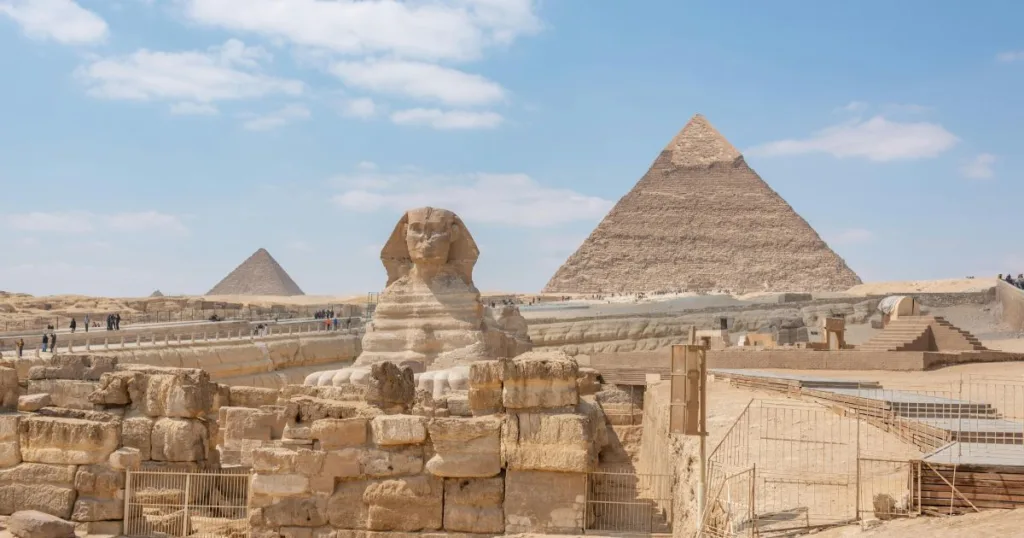The Best 15 Good Places to Visit In Egypt|Exploring Egypt
Egypt, a country linking northeast Africa with the Middle East, dates back to the time of the pharaohs. Millennia-old monuments sit along the fertile Nile River Valley, including Giza’s colossal Pyramids and Great Sphinx as well as Luxor’s hieroglyph-lined Karnak Temple and Valley of the Kings tombs. From the iconic pyramids to hidden gems off the beaten path, in this article will discuss 15 good places to visit in Egypt that promise an unforgettable adventure. Today, Egypt beckons with its magnificent past, vibrant culture, and captivating landscapes.
History of Egypt
The history of Egypt is one of the most fascinating and enduring tales of human civilization. It spans over five millennia, marked by remarkable achievements, conquests, and cultural exchanges. To understand how Egypt emerged, we must delve into its ancient past.
Prehistoric Egypt:
The story of Egypt begins in the prehistoric era, as early hunter-gatherers settled along the fertile banks of the Nile River around 10,000 BCE. These communities gradually transitioned to agriculture, cultivating crops such as wheat and barley in the fertile soil left behind by the annual flooding of the Nile.
The Early Dynastic Period (c. 3100–2686 BCE):
Around 3100 BCE, Upper and Lower Egypt were unified under the rule of King Narmer, marking the beginning of Egypt’s dynastic history. This period saw the establishment of the first centralized government, with the king as the divine ruler and the development of hieroglyphic writing, which facilitated record-keeping and administration.
The Old Kingdom (c. 2686–2181 BCE):
The Old Kingdom is often referred to as the “Age of the Pyramids” due to the construction of monumental pyramids as royal tombs. The pharaohs of the Fourth Dynasty, such as Khufu, Khafre, and Menkaure, built the Great Pyramids at Giza, showcasing the wealth and power of ancient Egypt. This period also saw advancements in art, literature, and bureaucracy, with the emergence of a complex administrative system.
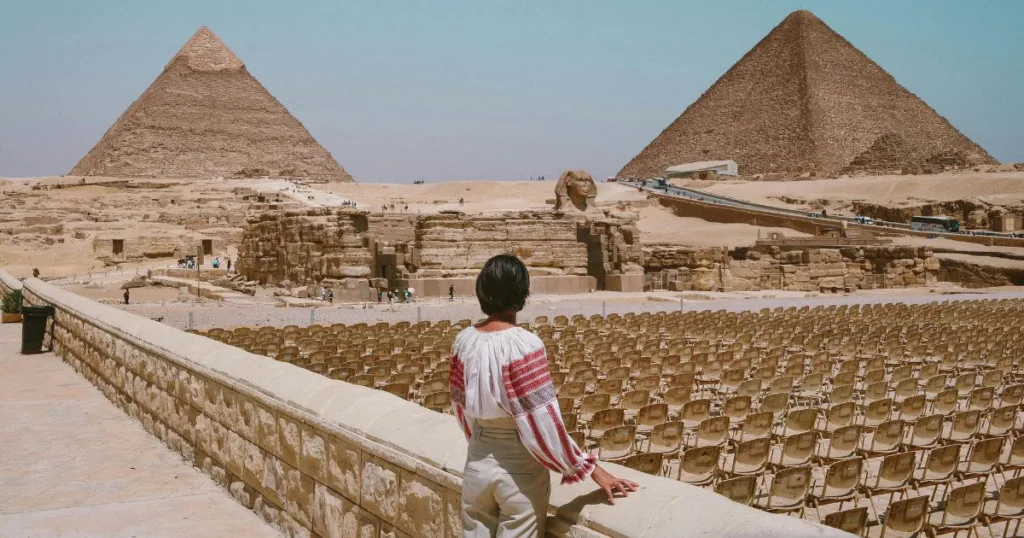
The First Intermediate Period (c. 2181–2055 BCE) and the Middle Kingdom (c. 2055–1650 BCE):
The collapse of central authority marked the First Intermediate Period, characterized by political fragmentation and social upheaval. Eventually, the Middle Kingdom emerged, restoring stability and ushering in a period of cultural renaissance. Pharaohs such as Mentuhotep II and Amenemhat I embarked on ambitious building projects and initiated foreign expeditions, expanding Egypt’s influence into Nubia and the Levant.
The Second Intermediate Period (c. 1650–1550 BCE) and the Hyksos:
The Middle Kingdom gave way to the Second Intermediate Period, during which Egypt fell under the control of the Hyksos, a foreign dynasty originating from the Levant. The Hyksos introduced new military technology, such as horse-drawn chariots and composite bows, which would later be adopted by the Egyptians.
The New Kingdom (c. 1550–1070 BCE):
The New Kingdom marked a period of resurgence and imperial expansion for Egypt. Pharaohs like Ahmose I expelled the Hyksos and established the 18th Dynasty, launching military campaigns to conquer territories as far as Syria and Nubia. The reign of powerful rulers like Hatshepsut, Thutmose III, Amenhotep III, and Ramesses II saw the height of Egypt’s wealth and influence.
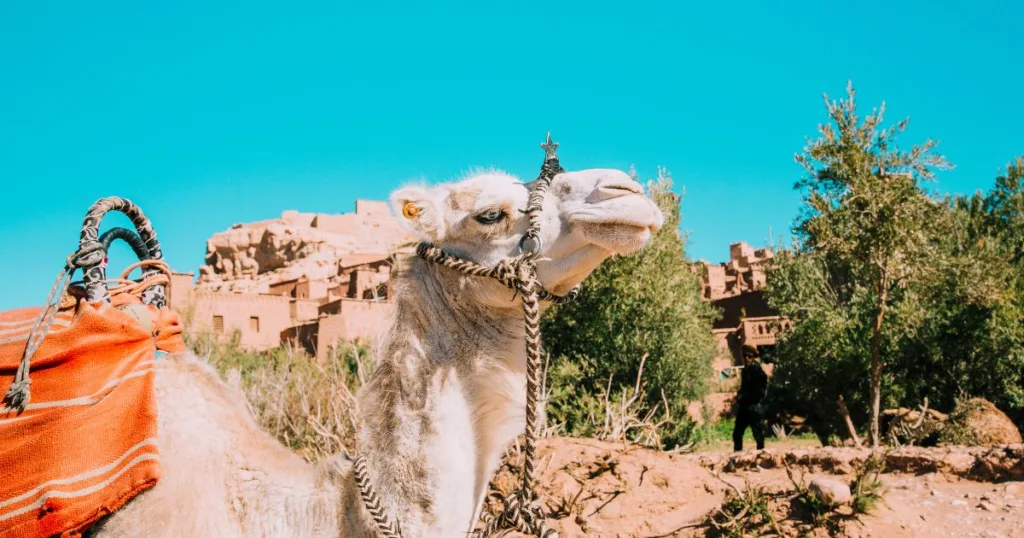
The Third Intermediate Period (c. 1070–664 BCE) and the Late Period (c. 664–332 BCE):
Internal strife and foreign invasions marked the decline of the New Kingdom, leading to the Third Intermediate Period. Egypt was ruled by a series of Libyan and Nubian dynasties, with brief periods of revival under rulers like Shoshenq I of the 22nd Dynasty. The Late Period saw Egypt’s conquest by the Persians, followed by brief periods of independence under native rulers such as Nectanebo II.
The Ptolemaic Period (c. 332–30 BCE):
In 332 BCE, Alexander the Great of Macedonia conquered Egypt, ending Persian rule. After Alexander’s death, his general Ptolemy I Soter established the Ptolemaic Dynasty, ruling Egypt as a Hellenistic kingdom. The Ptolemies adopted Egyptian religious and administrative traditions while also promoting Greek culture and commerce, making Alexandria a center of learning and trade.
Roman and Byzantine Egypt (30 BCE–641 CE):
Egypt became a province of the Roman Empire after the defeat of Cleopatra VII and Mark Antony in 30 BCE. Under Roman rule, Egypt remained a vital economic and agricultural hub, supplying grain to feed the empire. The spread of Christianity during the Byzantine period led to the decline of traditional Egyptian religion and the construction of Christian monasteries in the desert.
Arab Conquest and Islamic Egypt (641 CE onward):
In 641 CE, Arab forces led by Amr ibn al-As conquered Egypt, bringing Islam to the region. Despite initial resistance, Islam gradually became the dominant religion, leading to the Arabization and cultural transformation of Egypt. The Abbasid and Fatimid caliphates established Cairo as their capital, ushering in periods of prosperity and intellectual flourishing.
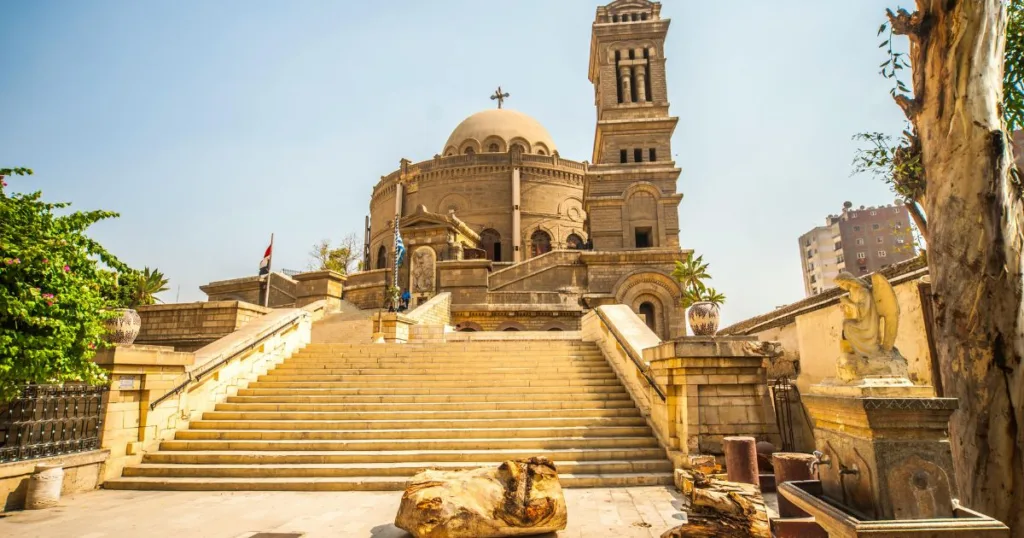
Ottoman Egypt (1517–1867) and Modern Egypt:
Egypt came under Ottoman rule in 1517, with Cairo serving as the administrative centre of the Ottoman province. However, by the 19th century, Egypt had become increasingly autonomous under the rule of Muhammad Ali Pasha and his successors. Modernization efforts, such as the construction of the Suez Canal and the introduction of European-style reforms, transformed Egypt into a regional power.
The history of Egypt is a tapestry woven from the threads of ancient civilizations, conquests, and cultural exchanges. From its humble beginnings along the banks of the Nile to its rise as a powerful empire and modern nation-state, Egypt’s journey has left an indelible mark on human history. Through the rise and fall of dynasties, the enduring legacy of Egypt’s pharaohs, and the contributions of its diverse peoples, Egypt stands as a testament to the resilience and ingenuity of the human spirit.
People of Egypt
Egypt, with its rich and diverse history, boasts a unique cultural tapestry that reflects influences from ancient civilizations, Islamic traditions, and modern dynamics. The cultural traditions of Egypt are deeply intertwined with its history, religion, and the daily lives of its people. Similarly, the education system and climate are pivotal aspects that shape the lifestyle and societal structure in Egypt.
Cultural Traditions
1. Religious Practices and Celebrations
Egypt’s population is predominantly Muslim, with Islam playing a central role in shaping the country’s cultural and social norms. Major Islamic celebrations, such as Ramadan, Eid al-Fitr, and Eid al-Adha, are observed with great fervor. Families gather for large meals, and there’s a strong emphasis on charity and community service during these times. The Christian minority, primarily Copts, also celebrate their religious traditions, such as Christmas (January 7) and Easter, with unique customs and ceremonies.
2. Weddings and Social Gatherings
Egyptian weddings are grand, vibrant celebrations that often include large gatherings of family and friends, elaborate feasts, music, and dancing. Traditional elements, such as the “Zaffa” – a musical procession of the bride and groom – highlight these occasions. Social gatherings, even outside of weddings, are characterized by warmth and generosity, with food and hospitality being central elements.
3. Art and Literature
Egypt’s contribution to art and literature is monumental, with ancient hieroglyphics, Islamic calligraphy, and contemporary Egyptian cinema and literature. The tales from ancient Egyptian mythology and the epic stories of pharaohs and gods continue to fascinate people worldwide. Modern Egyptian literature, with figures like Naguib Mahfouz (a Nobel Laureate), explores the complexities of Egyptian society and identity.
The modern Egyptian state is predominantly Muslim, with a rich tapestry of traditions, arts, and celebrations that reflect both its Islamic heritage and its ancient roots. Its capital, Cairo, is a bustling metropolis that houses millions of Egyptians within its ancient and modern confines.
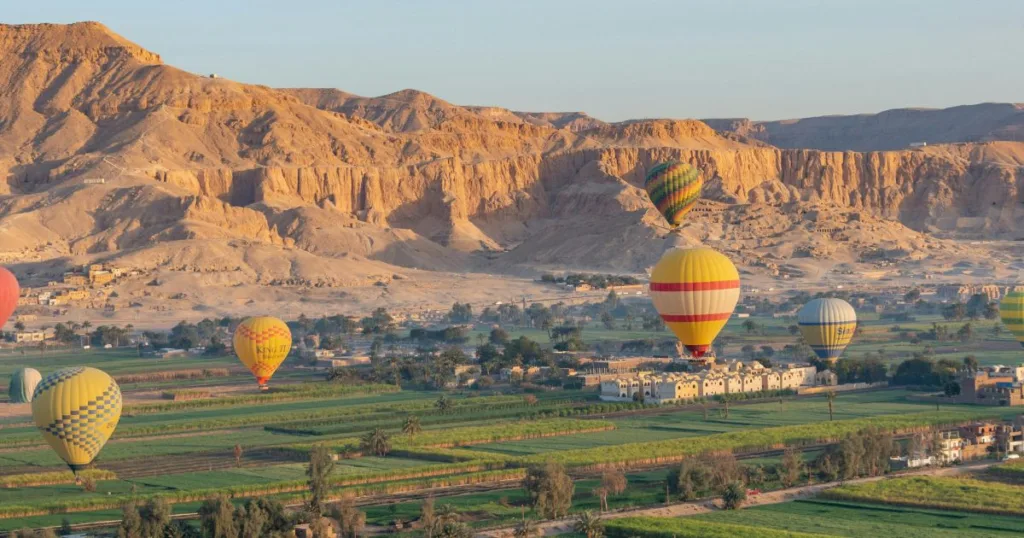
Education System
1. Structure
The Egyptian education system is divided into several stages: pre-primary, primary, preparatory, and secondary education, followed by tertiary education. Education is compulsory from ages 6 to 15, covering primary and preparatory education. The government has been making efforts to improve education quality and accessibility, though challenges remain in terms of infrastructure and resource allocation.
2. Higher Education
Egypt has a significant number of universities and higher education institutions, both public and private. The country is known for its historical centers of learning, such as Al-Azhar University, one of the oldest universities in the world, renowned for its Islamic studies program. Egyptian universities offer a wide range of programs and are increasingly focusing on research and international collaboration.
Egypt’s education system has made significant strides in recent years, aiming to provide quality education to its rapidly growing population. The system comprises several levels, from pre-primary to tertiary education, with efforts ongoing to improve its accessibility and quality.
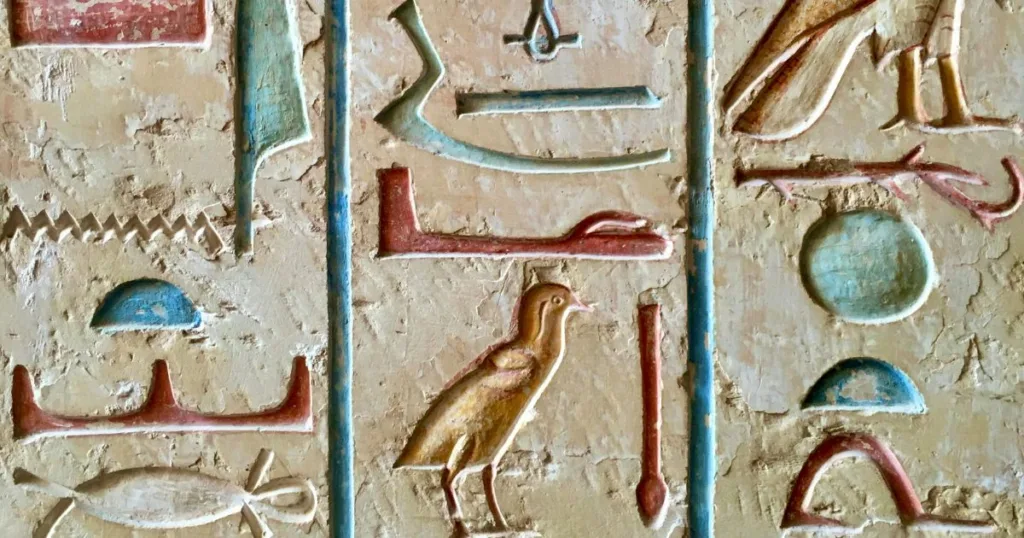
Climate and Weather
1. General Climate
Egypt’s climate is predominantly desert, with hot, dry summers and mild winters. This climate has influenced much of the traditional lifestyle and architecture, making the Nile River a crucial lifeline for the country’s agriculture and the well-being of its population.
Egypt’s climate is predominantly desert, characterized by hot, dry summers and mild, cooler winters. The country receives very little rainfall annually, making the Nile River a crucial water source for agriculture and daily life.
2. Regional Variations
- Nile Delta and Mediterranean Coast: These regions experience milder temperatures and higher humidity compared to the interior. Winters can be cool and rainy, particularly along the coast.
- Desert Areas: The Western Desert, Eastern Desert, and Sinai Peninsula have more extreme conditions, with very hot days and cold nights. Sandstorms, known as “khamsin,” can occur in the spring, bringing hot, dusty air from the Sahara.
3. Impact on Lifestyle
The climate has a profound impact on daily life and cultural practices in Egypt. Activities and festivals are often planned according to the cooler months. Traditional architecture, with its courtyards and thick walls, reflects an adaptation to the hot, sunny climate. Agriculture is heavily dependent on the Nile and its annual flooding, which enriches the soil along its banks, sustaining the country’s agricultural needs.
Despite facing challenges such as political unrest and economic instability, Egypt remains a key player on the international stage, known for its strategic geopolitical position and as a cultural and historical beacon in the Middle East and Africa. Its contributions to civilization through history, science, and art are unparalleled, making Egypt a fascinating country that continues to enchant the world.
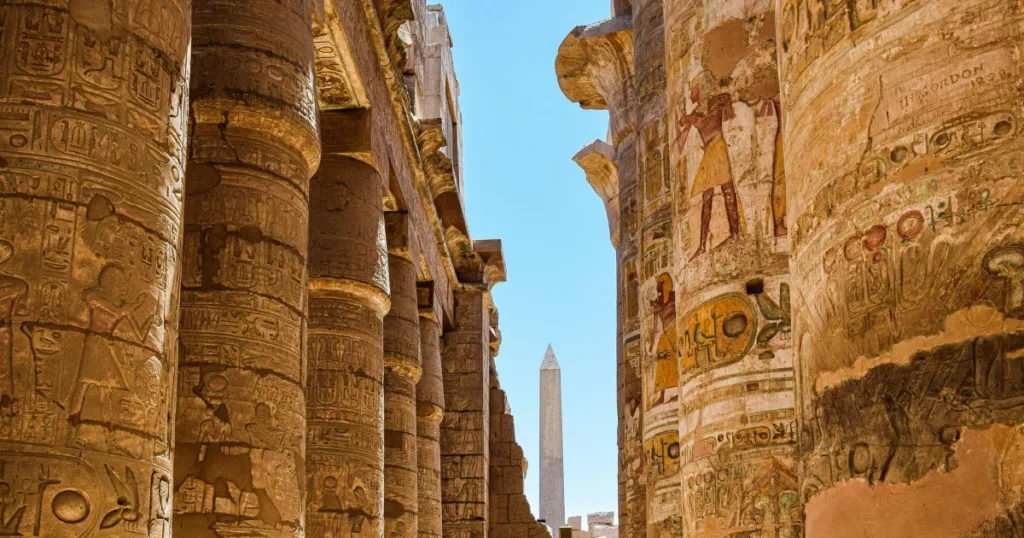
Egypt’s rich cultural traditions, evolving education system, and distinctive climate are integral to understanding the nation’s identity and the lifestyle of its people. These elements showcase the resilience and adaptability of Egyptians throughout history, as they’ve navigated the challenges and opportunities presented by their environment and global interactions.
Discovering Egypt: 15 Good Places To Visit In Egypt
Egypt, a land where ancient wonders meet vibrant cultures, has long captivated the imagination of travellers from around the globe. With its rich history, stunning landscapes, and warm hospitality, Egypt offers a journey through time and a glimpse into the cradle of civilization. From the iconic pyramids to hidden gems off the beaten path, here are 15 must-visit places in Egypt that promise an unforgettable adventure.
1. The Great Pyramids of Giza and the Sphinx
No visit to Egypt is complete without witnessing the awe-inspiring Great Pyramids of Giza and the enigmatic Sphinx. Located on the outskirts of Cairo, these ancient marvels are the last surviving wonder of the ancient world. Standing tall for over 4,500 years, the pyramids, especially the Great Pyramid of Khufu, showcase the architectural genius of ancient Egyptians. The Sphinx, with its lion’s body and human head, remains one of Egypt’s most enduring mysteries.
The Pyramids of Giza, standing on the Giza Plateau, are emblematic of Egypt’s ancient majesty. The complex includes three main pyramids built as tombs for Pharaohs Khufu, Khafre, and Menkaure, showcasing the pinnacle of ancient Egyptian architectural skills. The Sphinx, guarding the plateau, holds centuries of mysteries, with debates about its origins and purpose still ongoing. A sound and light show at night brings these ancient wonders to life, narrating their history under the stars.
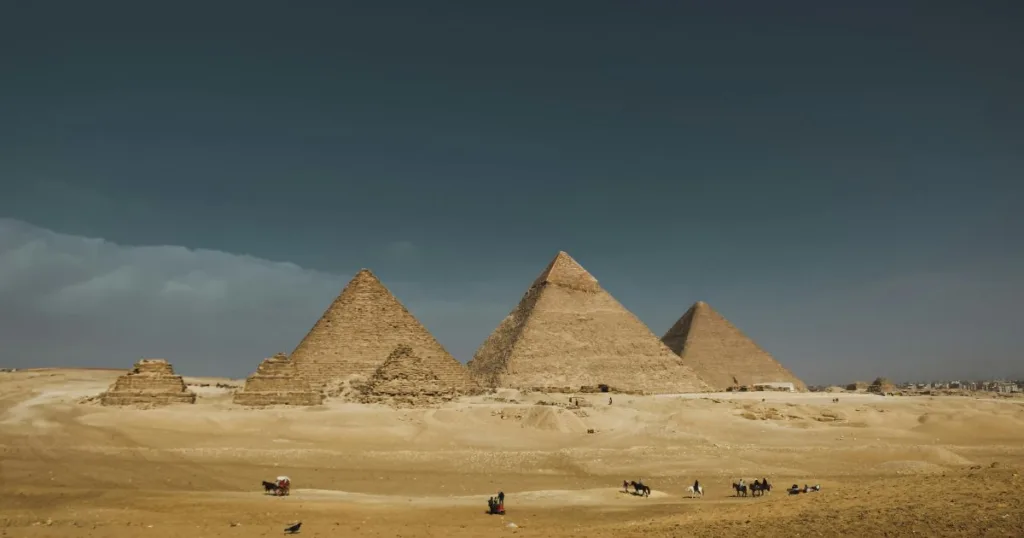
2. Luxor’s Karnak Temple and the Valley of the Kings
Luxor, often referred to as the world’s greatest open-air museum, is home to the Karnak Temple complex and the Valley of the Kings. The Karnak Temple, dedicated to the Theban gods, is a vast compound of sanctuaries, pylons, and obelisks. A short drive away, the Valley of the Kings is the final resting place of Egypt’s New Kingdom pharaohs, including the famous tomb of Tutankhamun.
Luxor, once the ancient city of Thebes, is a treasure trove of pharaonic history. The Karnak Temple, the largest religious building ever constructed, is a complex of temples, chapels, and pylons linked by a vast sphinx-lined avenue to the Luxor Temple. The Valley of the Kings, on Luxor’s west bank, contains intricately decorated tombs of pharaohs, including that of Tutankhamun, discovered almost intact in 1922. This site provides a profound insight into the beliefs and artistry of ancient Egypt.
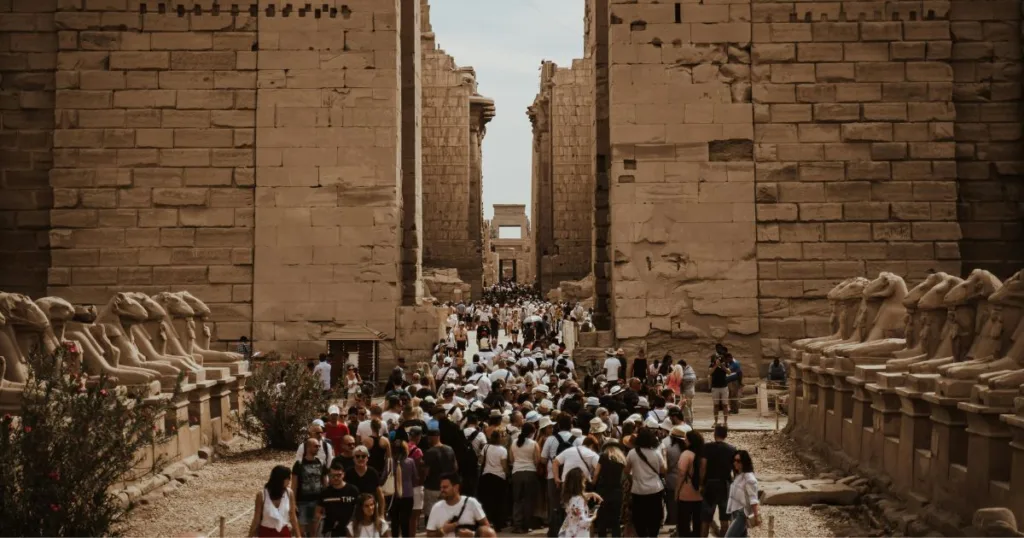
3. Abu Simbel
Located near Egypt’s southern border, the temples of Abu Simbel are a testament to ancient Egypt’s grandeur and the genius of modern engineering. Built by Ramses II, the two temples were moved to their current location in the 1960s to save them from flooding caused by the Aswan High Dam. The Great Temple’s facade, adorned with four colossal statues of Ramses II, is aligned to illuminate the inner sanctuary twice a year.
The temples at Abu Simbel are a remarkable feat, not only of ancient engineering but also of modern efforts to preserve Egypt’s heritage. The relocation of these temples is a story of international collaboration to save them from the rising waters of Lake Nasser. The awe-inspiring sun festival, where sunlight illuminates the statues of Ramses II, Ra, and Amun, occurs on February 22 and October 22, attracting visitors worldwide.
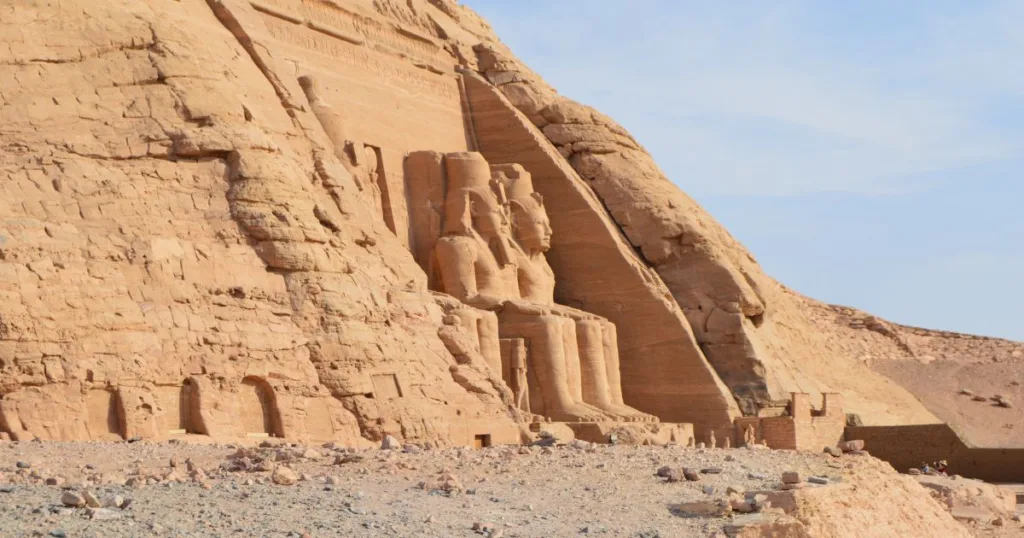
4. Aswan and the Philae Temple
Aswan, Egypt’s sunniest southern city, is the ideal place to explore Nubian culture and relax along the Nile. The Philae Temple, dedicated to the goddess Isis, is located on an island and accessible by a short boat ride. Its elegant columns and reliefs have fascinated visitors for centuries.
Aswan offers a more serene perspective of Egypt. It’s a place where the Nile’s beauty is unparalleled, with feluccas sailing on its gentle currents against a backdrop of orange-hued dunes. The Philae Temple, dedicated to the goddess Isis, provides a magical experience, especially when visited at night during the sound and light show. The temple’s relocation to Agilkia Island is another testament to the dedication to preserving Egypt’s historical legacy.
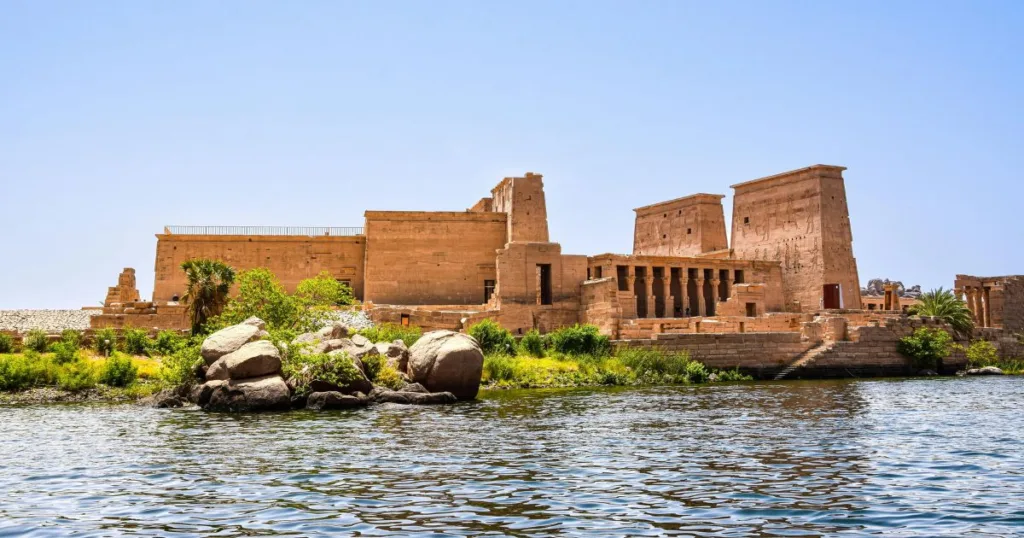
5. Alexandria’s Bibliotheca Alexandrina and Qaitbay Citadel
The Mediterranean city of Alexandria, founded by Alexander the Great, is steeped in history and culture. The Bibliotheca Alexandrina, a modern reincarnation of the ancient library, is a centre of learning and art. Nearby, the 15th-century Qaitbay Citadel stands guard over the city’s eastern harbour, offering stunning sea views.
Alexandria, the “Pearl of the Mediterranean,” mixes its Greco-Roman heritage with an urbane vibe. The Bibliotheca Alexandrina, a modern architectural marvel, echoes the ancient Library of Alexandria’s legacy as a centre of learning and culture. The Qaitbay Citadel, standing on the site of the ancient Pharos lighthouse, offers panoramic views of the Mediterranean and a glimpse into the military history of the region.
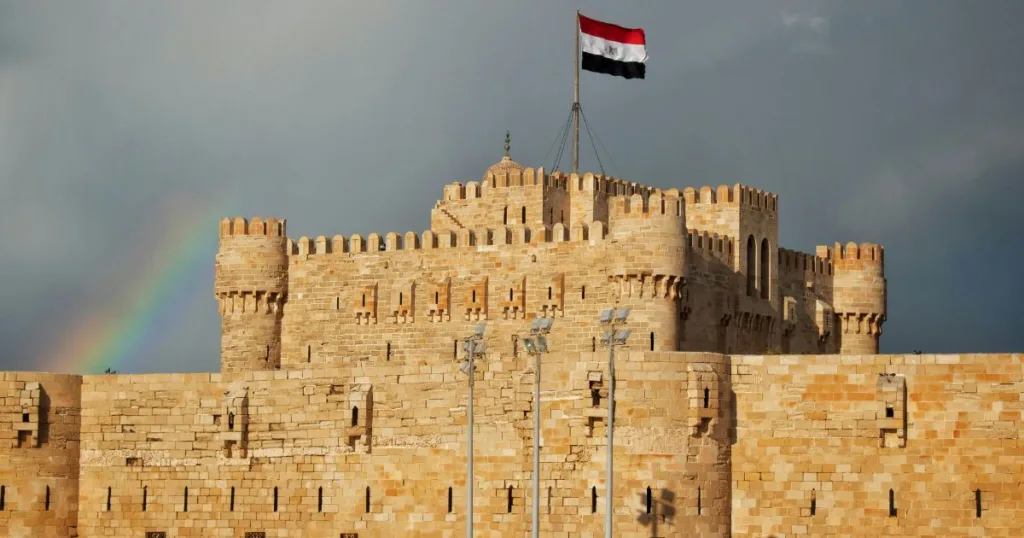
6. Siwa Oasis
Siwa Oasis, a serene retreat in Egypt’s Western Desert, is known for its Berber culture, hot springs, and the Oracle of Amun, which once consulted Alexander the Great. The mud-brick architecture and palm groves create a picturesque setting that feels a world away from the bustling cities.
The Siwa Oasis is an ethereal place, where ancient traditions live on among the Berber community. The Oracle Temple of Amun, where Alexander the Great was declared a god, is among its mystical attractions. Siwa’s stunning landscapes, from salt lakes to endless dunes, and its unique architecture of mud-brick buildings, offer a distinctive experience away from Egypt’s main tourist tracks.

7. The White Desert National Park
The White Desert National Park is a surreal landscape of chalk-white rock formations sculpted by wind erosion. Camping under the stars here offers an otherworldly experience, with the desert’s silence and beauty enveloping you.
The White Desert is like stepping onto another planet. The limestone and chalk formations, sculpted by centuries of erosion into shapes like mushrooms and icebergs, create an ethereal landscape that is especially magical at sunrise and sunset. Nighttime reveals a blanket of stars, offering an unparalleled stargazing experience.

8. Dahab and the Blue Hole
Dahab, once a Bedouin fishing village, is now a relaxed seaside town known for its excellent scuba diving sites, including the Blue Hole, a submarine sinkhole teeming with marine life. The laid-back atmosphere, combined with the stunning Red Sea backdrop, makes Dahab a perfect getaway for adventurers and families alike.
Dahab is the epitome of relaxed beach life, appealing to backpackers, divers, and those seeking a more laid-back vibe. The Blue Hole, a submarine sinkhole just north of Dahab, is famed for its rich marine life and coral reefs, making it a hotspot for divers. The surrounding desert also offers adventure activities like camel safaris and sandboarding.
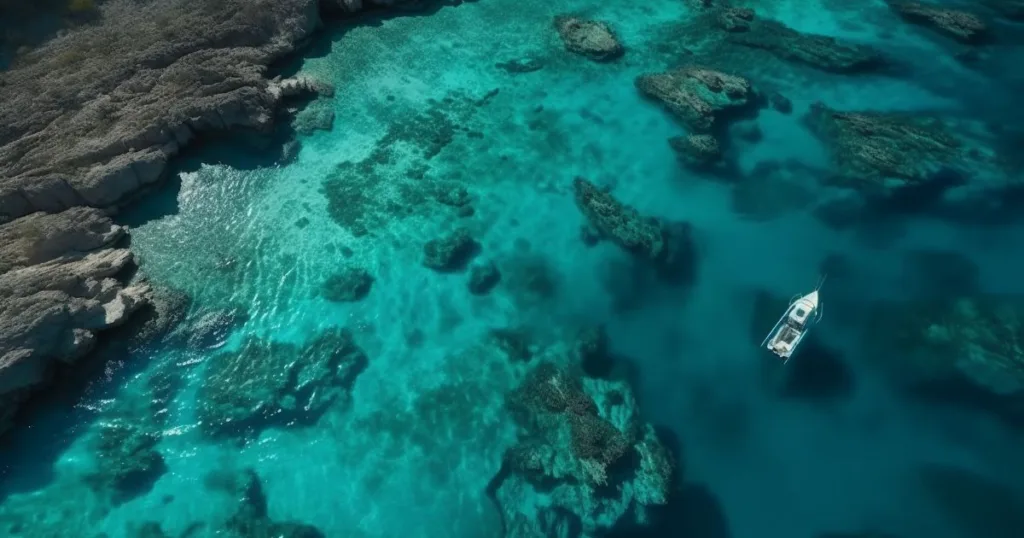
9. Abydos Temple
Abydos, one of ancient Egypt’s most important religious sites, is home to the Temple of Seti I. The temple features the Abydos King List, a chronological list of pharaohs, and is renowned for its intricate reliefs and architectural beauty.
The Temple of Seti I at Abydos is one of Egypt’s less-visited gems. It holds significant spiritual and historical importance, being a centre for the cult of Osiris, the god of the underworld. The temple’s exquisite reliefs, including the Abydos King List, are among the best-preserved in Egypt, offering insight into the continuity and changes of Pharaonic rule.
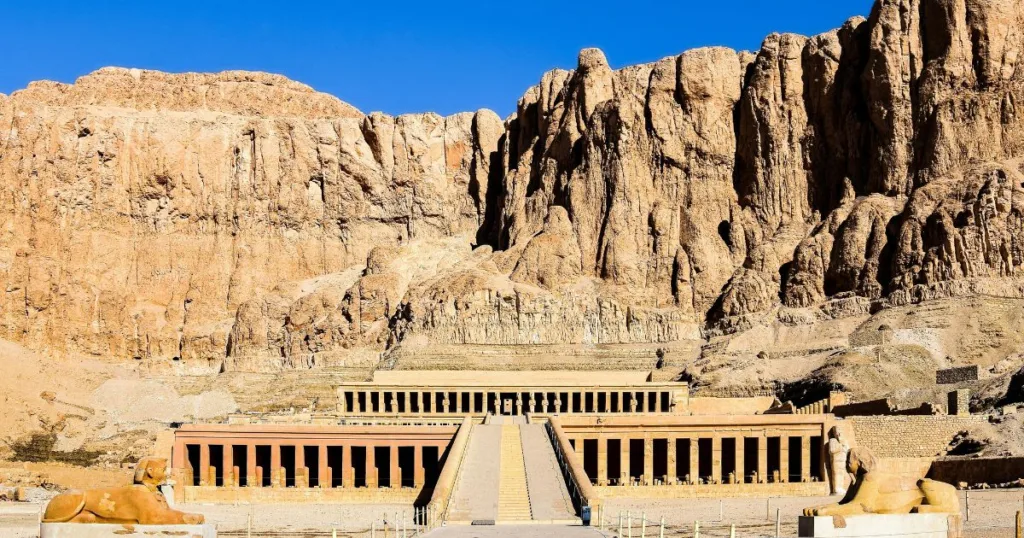
10. The Islamic Cairo District
The Islamic Cairo district, a UNESCO World Heritage site, is a treasure trove of mosques, madrasas, and monuments dating back to the Fatimid through to the Mamluk periods. The bustling Khan el-Khalili bazaar offers a sensory overload of sights, sounds, and smells, perfect for picking up souvenirs and experiencing local life.
Exploring Islamic Cairo is like walking through a living museum, with every street and alley telling stories of the past. The district is home to one of the world’s oldest universities, Al-Azhar, and the stunning Muhammad Ali Mosque, perched atop the Citadel with its commanding views over the city. The Khan el-Khalili bazaar is a labyrinth of alleys filled with traditional crafts, spices, and the vibrant essence of Cairo.
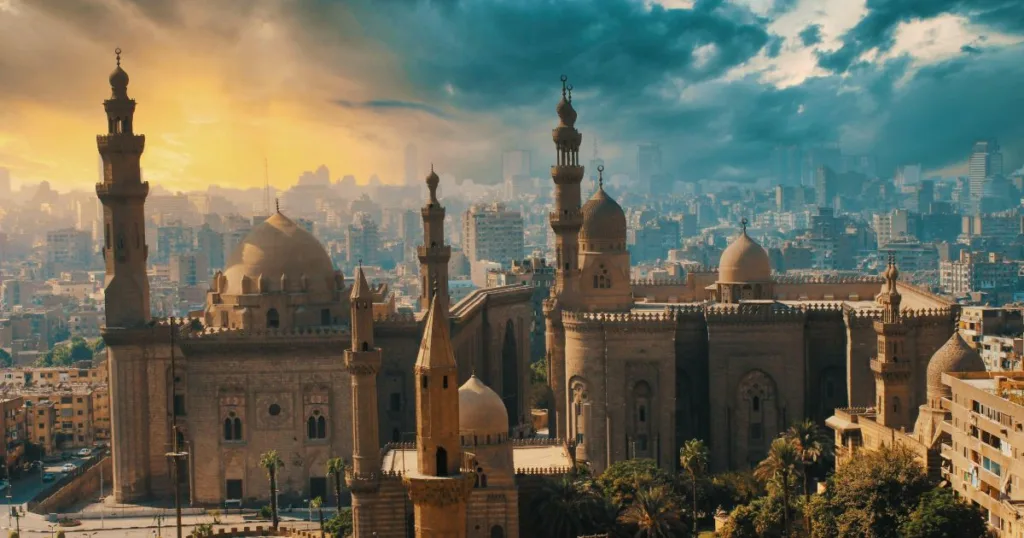
11. The Coptic Museum and Coptic Cairo
Coptic Cairo, a part of Old Cairo, is home to the Coptic Museum, which showcases Egypt’s Christian heritage through an impressive collection of Coptic art and artefacts. The area also features ancient churches, including the Hanging Church, built atop an old Roman tower.
Coptic Cairo is a bastion of early Christian history, with the Coptic Museum housing an extensive collection of Christian artefacts. The area’s winding alleys lead to historic churches, including the Hanging Church and the Church of St. Sergius and Bacchus, believed to have been visited by the Holy Family. This district offers a peaceful retreat from the city’s hustle and bustle, with stories of faith and perseverance woven into its fabric.
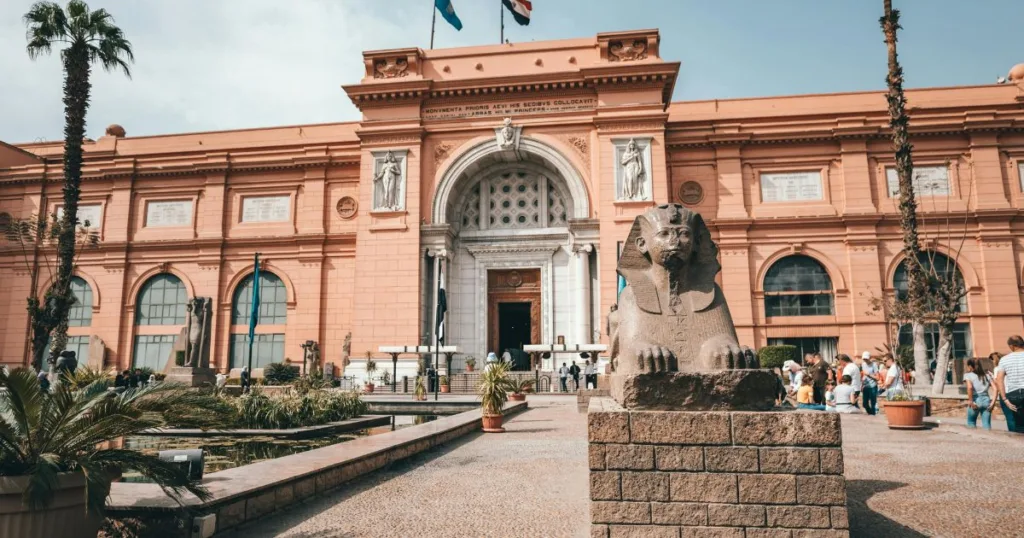
12. Saqqara and the Step Pyramid
Saqqara, part of Egypt’s ancient capital of Memphis, is a vast necropolis featuring tombs, mastabas, and the Step Pyramid of Djoser. The pyramid, designed by the architect Imhotep, is considered the world’s oldest monumental stone structure and marks a significant evolutionary step in pyramid construction.
Saqqara is a vast necropolis serving as a burial ground for more than 3,000 years. The Step Pyramid of Djoser, the world’s oldest pyramid, is the centrepiece of this archaeological site. The surrounding complex, including tombs and the Serapeum, where sacred bulls were buried, offers a comprehensive look into ancient Egyptian burial practices and beliefs.
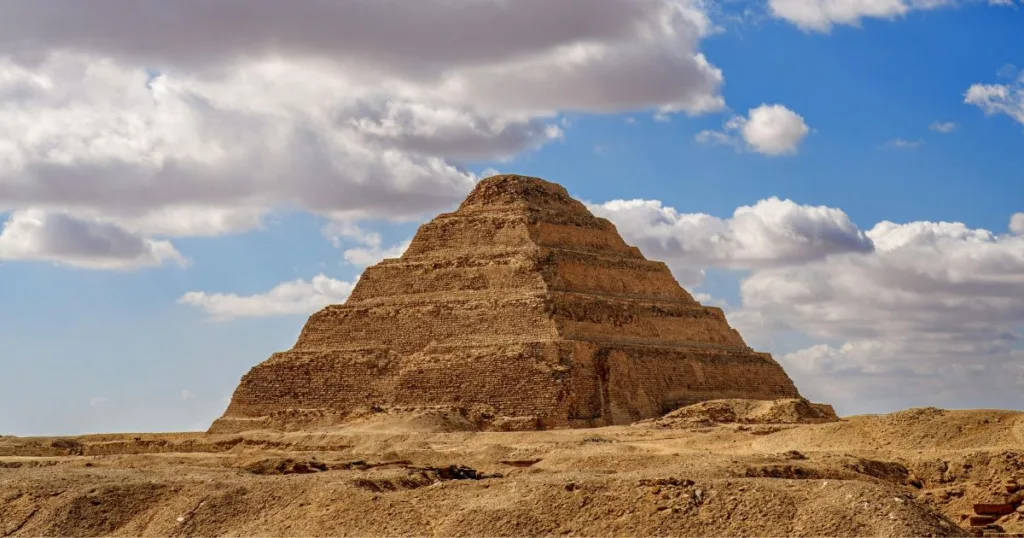
13. The Red Sea Riviera
Egypt’s Red Sea Riviera, with its crystal-clear waters, vibrant coral reefs, and sandy beaches, is a paradise for divers, snorkelers, and sun-seekers. Resorts like Hurghada and Sharm el-Sheikh offer luxury accommodations and access to some of the world’s most beautiful underwater sites.
The Red Sea Riviera is Egypt’s gateway to a marine paradise. Destinations like Marsa Alam, Hurghada, and Sharm el-Sheikh not only offer luxurious resorts but also some of the best diving and snorkelling experiences in the world, with vibrant coral reefs and diverse marine life. The region is also a gateway to desert adventures, including safaris and Bedouin dinners under the stars.
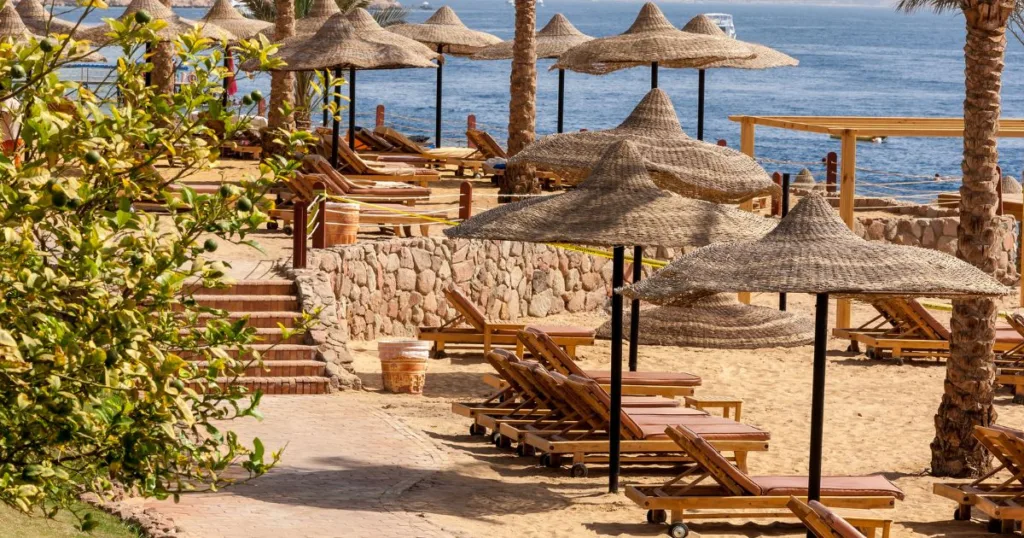
14. The Nile River Cruise
A Nile River cruise from Luxor to Aswan (or vice versa) is a quintessential Egyptian experience, offering a leisurely way to see the temples and landscapes of the Nile Valley. The journey provides a unique perspective on Egypt’s ancient monuments and modern-day life along the riverbanks.
A Nile cruise is a journey through the heart of Egypt, offering a serene and luxurious way to explore the ancient sites along its banks. The experience of gliding past palm-studded landscapes and traditional feluccas, with stops at temples such as Kom Ombo and Edfu, connects you to the rhythm of the Nile that has been Egypt’s lifeline for millennia.
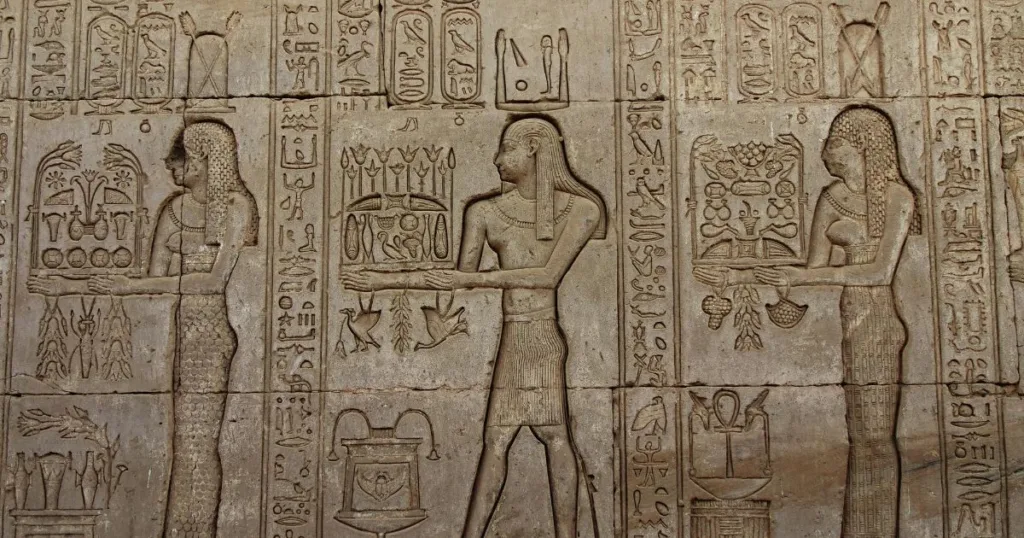
15. The Egyptian Museum in Cairo
To truly grasp the breadth of Egypt’s ancient civilization, a visit to the Egyptian Museum in Cairo is essential. Housing the world’s most extensive collection of pharaonic antiquities, including the treasures of Tutankhamun, the museum offers a comprehensive overview of Egypt’s rich history.
The Egyptian Museum is a treasure trove of artifacts, offering a chronological journey through Egypt’s history. From the colossal statues that greet you at the entrance to the intricate jewelry of the pharaohs, each exhibit tells a part of the story of this ancient civilization. The highlight for many is the collection of treasures from Tutankhamun’s tomb, including the iconic gold mask that has become a symbol of ancient Egypt’s splendor.
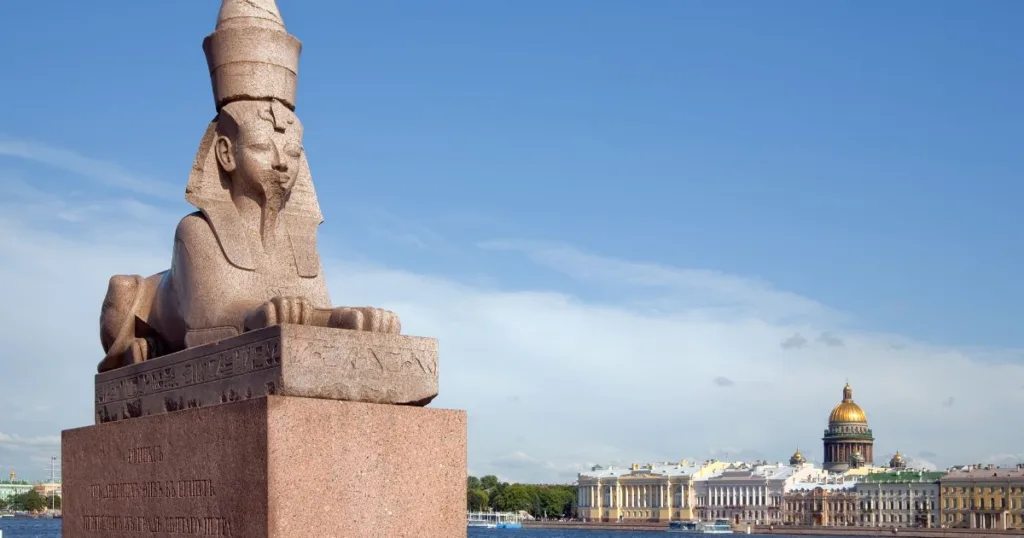
Conclusion
Egypt’s allure lies in its ability to blend the ancient with the contemporary, offering travellers an array of experiences that are both enriching and exhilarating. Whether you’re marvelling at the monumental achievements of ancient architects, diving into the rich underwater worlds of the Red Sea, or exploring vibrant markets and modern cities, Egypt promises an adventure that will leave you with memories to last a lifetime.
Egypt’s allure lies not just in its pharaonic monuments, but in the layers of history, culture, and natural beauty that make up the country. From the bustling streets of Cairo to the tranquil waters of the Nile, each destination offers a unique window into the past and present of this fascinating land. Whether you’re a history enthusiast, an adventure seeker, or simply in search of beauty, Egypt’s diverse landscapes and rich heritage promise an unforgettable journey.
42 Most Beautiful Places In The World To Visit 2023
9+ The Best Places To Visit In Nathia Gali Pakistan
Best Way How To Get Visa For Japan 2023
15 Best Travel Backpacks- How To Choose 2023
Aiman Khalid
I’m Aiman Khalid, your dedicated SEO Analyst. With a passion for digital marketing and a keen eye for optimizing online experiences, I’ve made it my mission to help businesses thrive in the digital realm. My journey into the world of SEO began with a fascination for search engines and their algorithms, and since then, I’ve honed my skills to become a seasoned professional. Armed with years of experience, I specialize in crafting SEO strategies that not only boost search engine rankings but also drive tangible results, such as increased website traffic and conversions. I’m here to demystify the world of SEO and empower your online presence, one keyword at a time.
-
© Copyright 2020 | www.pairstravel.com
